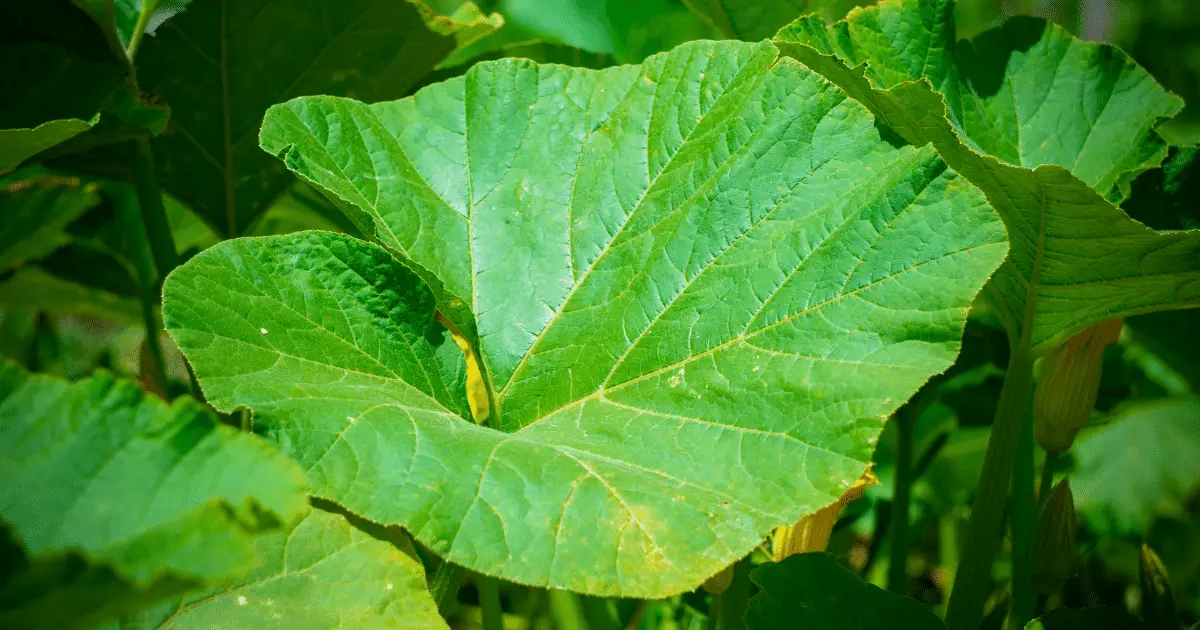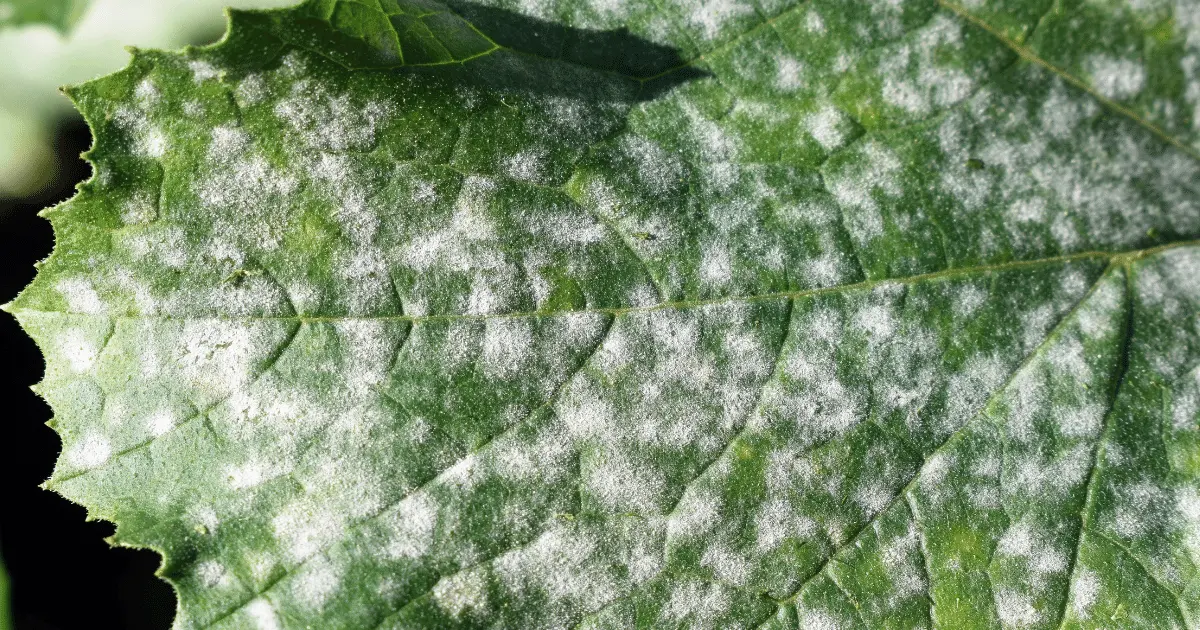One of the most prolific and easily grown plants is zucchinis. Their growth is so rapid that they can almost spread across the entire garden with their large shading leaves and rambling vines loaded with fruit. As much as zucchinis are easy to grow and produce quickly, they have their issues.
A friend concerned about the leaves on her zucchini plants recently contacted me turning yellow. She wasn’t sure what was causing it or how to fix it.
Causes And Treatment Of Zucchini Leaves Turning Yellow

Leaf yellowing is a common problem with zucchini plants, but several causes exist. The good news is that most of them can be easily treated, so don’t worry.
1. Lack of Nutrients
One of the main reasons zucchini leaves turn yellow is a lack of nutrients. Zucchinis are heavy feeders and require a lot of nitrogen, phosphorous, and potassium to grow properly. If your plant is not getting enough of these nutrients, the leaves will turn yellow and eventually die.
The best way to prevent this is to regularly feed your plants with a high-quality fertilizer. If you see the leaves beginning to turn yellow, you can also give them a boost with a foliar spray of liquid fertilizer.
2. Compacted Soil
If your zucchini plant’s leaves turn yellow, it could indicate that the soil is too compacted.
When soil is too compacted, it doesn’t allow air or water to move freely. Compacted soil can cause many problems for your plants, including yellow leaves.
To fix this, you’ll need to loosen up the soil around your zucchini plant. You can use a garden fork or tiller to aerate the soil, which will help your plant’s roots breathe and allow them to better uptake water and nutrients.
3. Too Much Sun or Heat
If you notice that your zucchini leaves are turning yellow and you live in an area with a lot of sun or heat, this could be the cause. Zucchini plants need about 6 hours of sun per day, but they can also tolerate partial shade.
If your zucchini leaves get too much sun, they will turn yellow. You can prevent this by giving them shade during the hottest part of the day or planting them in an area that doesn’t get direct sunlight.
You can also try to water your plants more frequently if they need more water. Zucchini plants need about 1-2 inches of water per week.
4. Fungal Diseases

If your zucchini leaves are turning yellow and you think it might be because of a fungal disease, you can do a few things to treat it.
First, keep your plant as healthy as possible by ensuring it gets enough water and sunlight. If the leaves are already yellow, try removing them to see if that helps.
You can also use a fungicide but follow the instructions carefully. And finally, if the problem is bad enough, you might have to throw out the plant and start over.
5. Pests or Insects
If your zucchini plant’s leaves turn yellow, it could be because of pests or insects. It’s not uncommon for aphids, cucumber beetles, or squash bugs to feast on zucchini leaves, causing the foliage to become yellow and eventually die.
If you think insects are to blame, check the undersides of the leaves for small, soft-bodied creatures. You might also see damage in the form of chewed leaves or webbing.
Treating an infestation can be tricky, but you can try a few things. First, remove any affected leaves and dispose of them. Then, try spraying the plant with water or a mixture of water and dish soap to kill and repel pests.
You can also try using an organic insecticide, like neem oil. Be sure to follow the instructions on the label carefully, as some products may be harmful to humans or animals if used incorrectly.
6. Watering
Yellowing on zucchini leaves can also be caused by too much or too little water on your plant. Excessive watering of your plant will keep it damp, with less soil to fix its root. This situation can lead to root rot and, consequently, the death of the plant. Since the plant cannot access enough oxygen for growth and sustenance, it will cause a terminal end, so it’s important to err on the side of caution.
Conversely, you should ensure to check the soil regularly and water accordingly. Lack of proper and adequate watering of your zucchini plant causes dehydration, and the stems, roots, and leaves will begin to dry out due to lack of water for proper circulation of nutrients. The first and major sign of this problem is the yellowing of its leaves.
Adequate watering will correct this situation. Overwatered zucchini plants should be left to dry properly before being watered again. It would be best to wait until the soil is nice and moist before watering the plant, depending on the weather and the water in the soil.
Then follow the routine of watering consistently once weekly on regular weather days. You will need to water your zucchini more frequently for hot and summer periods.
Tips to Help Keep Your Zucchini Plant Healthy

Here are a few more tips on keeping your zucchini plant healthy:
- Water regularly, but don’t overdo it. Let the top inch of soil dry out between watering.
- Place your plant in a spot with bright, indirect light.
- Feed your plant monthly during the growing season with a balanced fertilizer.
- Pinch back leggy stems to promote fuller growth.
- Be looking for pests such as aphids, mealybugs, and spider mites. If you see any, treat them immediately with an appropriate insecticide or fungicide.
Suppose you are still having trouble with your zucchini leaves turning yellow. In that case, there are several other potential causes, including temperature stress, wind, extremely cold seasons, and even unhealthy amounts of alkaline in the soil.
All these problems can lead to the yellowing of your zucchini leaves. However, thier treatments are more common sense solutions than not. And, in case you need some professional help, your local nursery or garden center can help you identify the problem and find the right solution.
